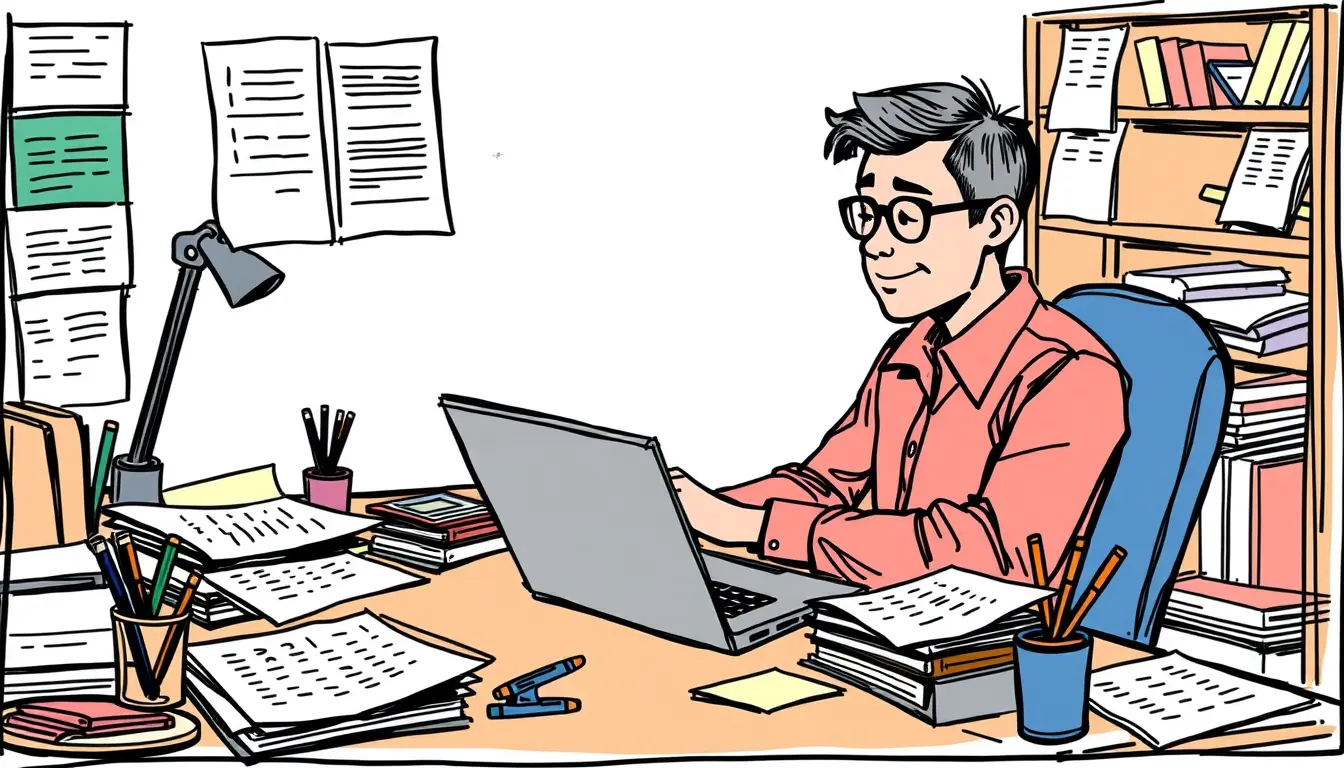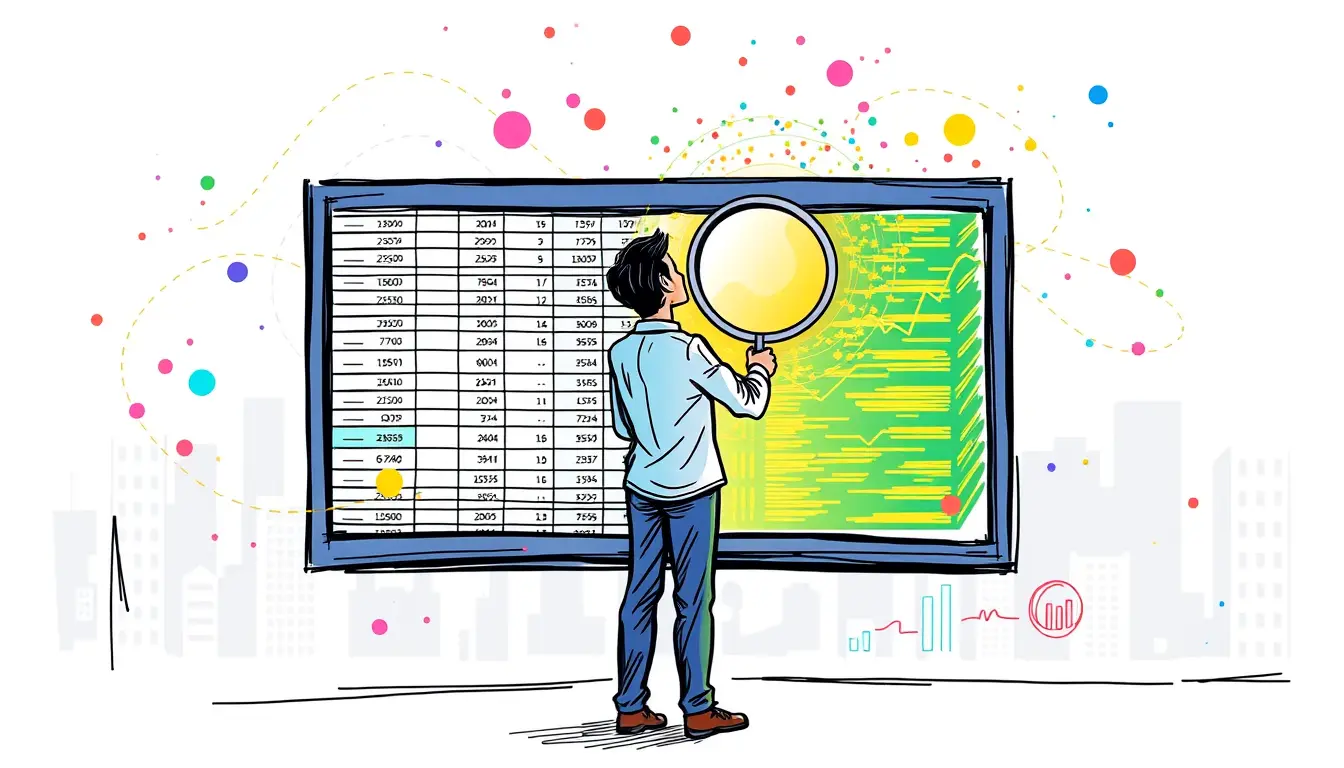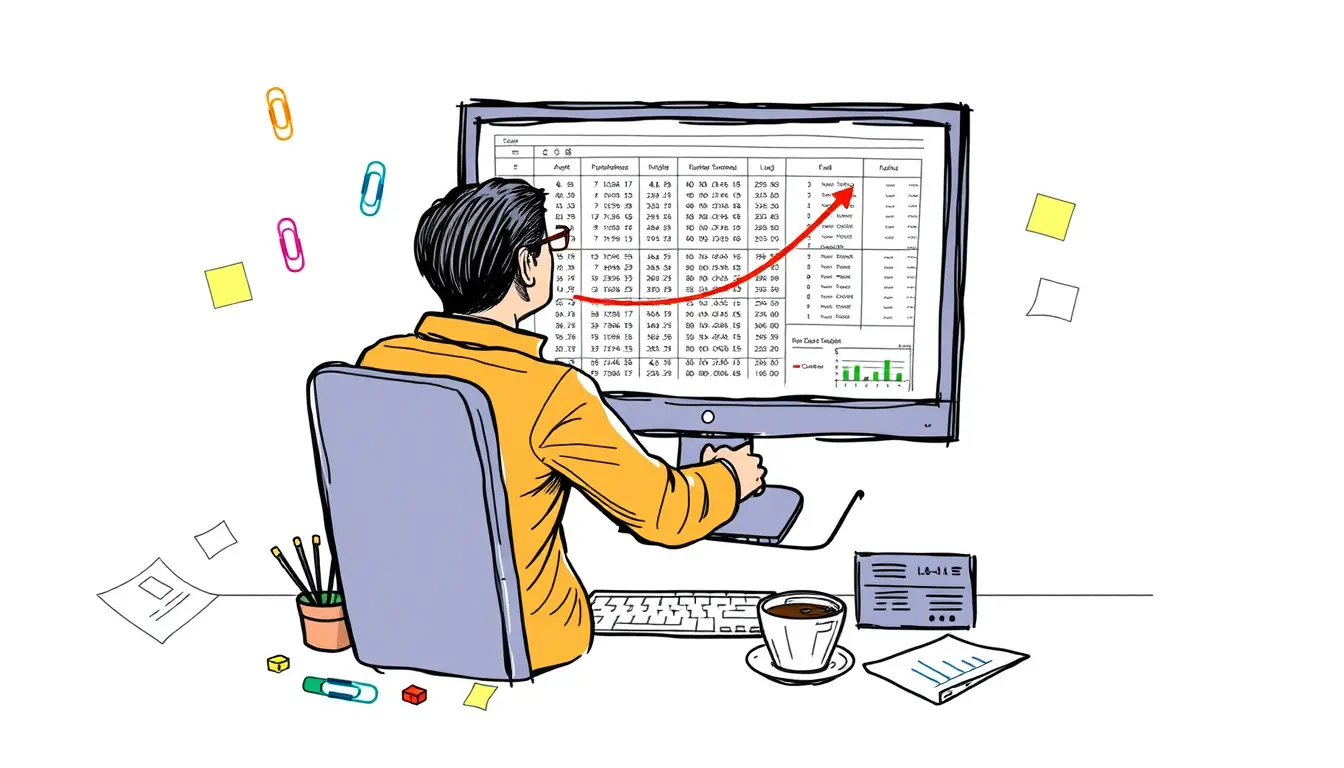Introduction
If you’re new to the concept of user storytelling, you may be wondering what it is and why it’s important. In simple terms, user storytelling is the process of creating a narrative that describes a user’s needs and goals in a specific scenario. User stories are an essential component of agile development, as they help teams to focus on the user’s perspective and deliver features that meet their needs.
What is a User Story?

A user story is a simple, concise description of a feature from the user’s perspective. It is typically written in the format of “As a [user], I want [goal], so that [reason].” For example, “As a customer, I want to be able to filter search results by price, so that I can find the best deals within my budget.”
User Story Format
A user story typically consists of three parts: the user, the goal, and the reason. It’s important to keep the user story short and simple, so that it’s easy to understand and communicate to the development team. Here’s an example of a user story format:
As a [user], I want [goal], so that [reason].
Epic Agile Definition
In agile development, an epic is a large body of work that can be broken down into smaller, more manageable user stories. Epics are typically used for large projects or features that require multiple sprints to complete. An epic agile definition should include a high-level description of the feature, as well as a list of user stories that make up the epic.
Epic User Story
An epic user story is a user story that is too large to be completed in a single sprint. It typically consists of multiple smaller user stories, which can be broken down and prioritized by the development team. Epic user stories are used to manage large features or projects, and can help to ensure that the development team stays on track and delivers value to the user.
Epic Feature User Story
An epic feature user story is a user story that describes a specific feature within an epic. It typically consists of a smaller, more focused goal that contributes to the overall epic. Epic feature user stories can help to break down large epics into more manageable chunks, and can help to ensure that the development team stays focused on delivering value to the user.
User Story Mapping
This is a process of visualizing user stories and organizing them into a coherent narrative. User story mapping can help to identify gaps in the user story, as well as dependencies between user stories. It can also help to prioritize user stories and ensure that the development team is focused on delivering value to the user.
Story Mapping
Story mapping is the process of organizing user stories into a visual map that tells a story. The map typically consists of horizontal rows that represent user activities, and vertical columns that represent the different stages of the user’s journey. Story mapping can help to ensure that the development team is focused on delivering value to the user, and can help to identify areas of the product that need improvement.
User Story Template
A user story template is a tool that can help you to write effective user stories that are focused on the user’s needs and goals. Here’s an example of a user story template:
As a [user], I want [goal], so that [reason].
You can customize this template to fit the needs of your project, and include additional information if necessary.
User Story Examples
Here are some examples of user stories:
- As a customer, I want to be able to search for products by keyword, so that I can quickly find what I’m looking for.
- As a manager, I want to be able to approve employee vacation requests, so that I can ensure adequate staffing levels.
- As a student, I want to be able to view my grades online, so that I can track my academic progress.
- As a social media user, I want to be able to block users who are harassing me, so that I can feel safe and comfortable using the platform.
- As a traveler, I want to be able to book flights and hotels online, so that I can easily plan my trip.
- As a fitness enthusiast, I want to be able to track my workouts and progress, so that I can monitor my fitness goals.
- As a homeowner, I want to be able to schedule appointments with a service provider, so that I can get repairs and maintenance done on my property.
- As a job seeker, I want to be able to create a profile and apply for jobs online, so that I can find employment opportunities that match my skills and experience.
Here are other additional user story examples:
[table id=4 /]
Writing User Stories
Writing user stories can be a challenging task, especially if you’re new to agile development. Here are some tips to help you write effective user stories:
Focus on the User
User stories should always be written from the user’s perspective. It’s important to understand the user’s needs and goals, and to focus on delivering value to the user.
Use Simple Language
User stories should be written in simple, easy-to-understand language. Avoid using technical jargon or complicated terminology, and focus on communicating the user’s needs and goals in a clear and concise manner.
Be Specific
User stories should be specific and actionable. They should describe a clear goal that the user wants to achieve, and provide a reason for why the goal is important.
Use Acceptance Criteria
Acceptance criteria are a set of conditions that must be met in order for the user story to be considered complete. They can help to ensure that the development team is focused on delivering value to the user, and can help to prevent misunderstandings or miscommunications.
Agile Story Pointing
Agile story pointing is a process of estimating the effort required to complete a user story. Story points are typically assigned based on the complexity and uncertainty of the user story, and can help to ensure that the development team is able to deliver value to the user within a reasonable timeframe.
User Stories in Agile
User stories are a core component of agile development, and are used to help teams focus on delivering value to the user. User stories should be written in a way that is clear, concise, and easy to understand, and should focus on the user’s needs and goals.
Scrum User Story
A scrum user story is a user story that is used in the scrum methodology of agile development. Scrum user stories are typically written in a format that includes the user, the goal, and the reason, and are used to prioritize and plan the work that needs to be done.
Epic Scrum
An epic scrum is a large body of work that can be broken down into smaller, more manageable user stories. Epic scrums are typically used for large projects or features that require multiple sprints to complete.
Agile User Story Example
Here’s an example of an agile user story:
As a customer, I want to be able to track my order status online, so that I can know when my package will arrive.
This user story is clear, concise, and focused on the user’s needs and goals.
Agile Epic Example
Here’s an example of an agile epic:
As a social media user, I want to be able to filter my news feed by topic, so that I can easily find content that interests me.
This epic could be broken down into multiple user stories, such as:
- As a social media user, I want to be able to choose which topics I want to see in my news feed, so that I can customize my experience.
- As a social media user, I want to be able to save topics to my profile, so that I can easily access them in the future.
User Stories Examples with Acceptance Criteria
Here’s an example of a user story with acceptance criteria:
As a customer, I want to be able to add items to my cart, so that I can purchase them later.
Acceptance Criteria:
- The user can add items to their cart by clicking the "Add to Cart" button.
- The user can view their cart at any time by clicking the "Cart" button.
- The user can remove items from their cart by clicking the "Remove" button.
These acceptance criteria help to ensure that the user story is specific and actionable, and provide a clear definition of what needs to be done.
User Story Mapping Example
Here’s an example of a user story map for a mobile app that helps users find and book fitness classes:
- Introduction
- Background: The app helps users find and book fitness classes.
- Goals: The goal is to provide a seamless and enjoyable user experience.
- User Activities
- Find classes
- View class details
- Book classes
- Cancel classes
- Rate and review classes
- User Stories
- As a user, I want to be able to search for classes by location and type, so that I can find the classes that best meet my needs.
- As a user, I want to be able to view class details, such as the instructor, class description, and schedule, so that I can make an informed decision about which class to book.
- As a user, I want to be able to book classes online, so that I can secure my spot in the class.
- As a user, I want to be able to cancel classes if necessary, so that I can make changes to my schedule.
- As a user, I want to be able to rate and review classes, so that I can provide feedback to other users and help them make informed decisions.
- Acceptance Criteria
- The user can search for classes by location and type using the search function.
- The user can view class details by clicking on a class from the search results.
- The user can book classes by clicking the “Book Now” button and entering their payment information.
- The user can cancel classes by clicking the “Cancel” button and following the cancellation process.
- The user can rate and review classes by clicking the “Rate and Review” button and entering their feedback.
Jeff Patton User Story Mapping
Jeff Patton is a well-known expert in the field of user experience and agile development. His book, “User Story Mapping: Discover the Whole Story, Build the Right Product,” provides a detailed guide to user story mapping and its benefits.
Story Mapping Template
Here’s a template for a user story map:
- Introduction
- Background
- Goals
- User Activities
- List of user activities
- User Stories
- List of user stories for each user activity
- Acceptance Criteria
- List of acceptance criteria for each user story
Sample User Stories
Here are some sample user stories:
- As a customer, I want to be able to view my order history, so that I can track my past purchases.
- As a manager, I want to be able to view employee performance metrics, so that I can make informed decisions about promotions and raises.
- As a social media user, I want to be able to create custom lists of friends, so that I can easily share content with specific groups.
- As a traveler, I want to be able to view flight options by price, so that I can find the best deals within my budget.
- As a job seeker, I want to be able to receive notifications when new job openings match my skills and experience, so that I don’t miss out on opportunities.
Conclusion

In conclusion, user stories are an essential component of agile development, and are used to help teams focus on delivering value to the user. Writing effective user stories requires a focus on the user’s needs and goals, as well as clear and concise language. User story mapping and agile story pointing can help to ensure that the development team is focused on delivering value to the user within a reasonable timeframe. By following the guidelines outlined in this article, you can write user stories that are clear, concise, and effective.
FAQs
What is a user story?
A user story is a simple, concise description of a feature from the user’s perspective.
What is user story mapping?
User story mapping is a process of visualizing user stories and organizing them into a coherent narrative.
What is an epic in agile development?
An epic is a large body of work that can be broken down into smaller, more manageable user stories.
How do I write effective user stories?
To write effective user stories, focus on the user’s needs and goals, use simple language, and be specific.
What is the purpose of acceptance criteria in user stories?
Acceptance criteria are a set of conditions that must be met in order for the user story to be considered complete. They help to ensure that the development team is focused on delivering value to the user and can help prevent misunderstandings or miscommunications.
What is a scrum user story?
A scrum user story is a user story that is used in the scrum methodology of agile development. Scrum user stories are typically written in a format that includes the user, the goal, and the reason, and are used to prioritize and plan the work that needs to be done.
What is Jeff Patton’s contribution to user story mapping?
Jeff Patton is a well-known expert in the field of user experience and agile development. His book, “User Story Mapping: Discover the Whole Story, Build the Right Product,” provides a detailed guide to user story mapping and its benefits.
Can user stories be used in non-agile development methodologies?
Yes, user stories can be used in non-agile development methodologies as well. The focus on the user’s needs and goals is a fundamental principle of user-centered design, which is applicable to any development methodology.
How can I ensure that my user stories are effective?
To ensure that your user stories are effective, focus on the user’s needs and goals, use simple language, be specific, and use acceptance criteria to define what needs to be done. Additionally, user story mapping and agile story pointing can help to ensure that the development team is focused on delivering value to the user within a reasonable timeframe.













Leave a Reply